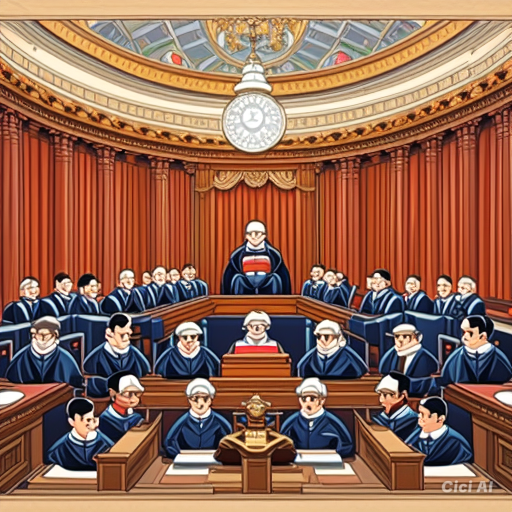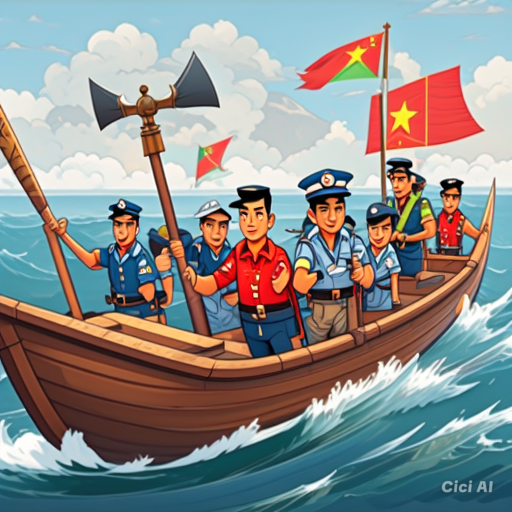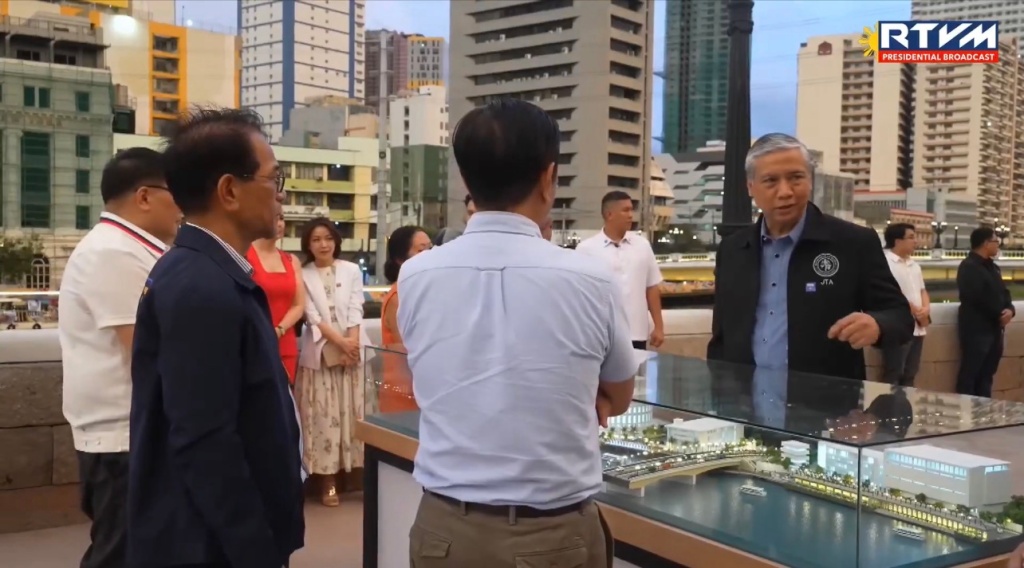By Louis ‘Barok‘ C. Biraogo
Amidst the tense currents of the South China Sea, a storm is gathering. The recent remarks by Maria Lourdes Tiquia, a seasoned political analyst and founder of PUBLiCUS Asia, have cast a long shadow over the future of Philippine foreign policy. “The Philippines cannot be a proxy in any war the US wants to pursue,” she declared with a conviction that resonates far beyond the archipelago. As tensions rise, the question lingers: Is the Philippines unwittingly being drawn into a larger geopolitical game?
The backdrop to this unsettling drama is the trilateral summit in the United States, where US President Joe Biden, Japanese Prime Minister Kishida Fumio, and Philippine President Ferdinand R. Marcos Jr. convened. Their joint statement, mentioning security issues in the Taiwan Straits, underscored the growing entanglement of the Philippines in regional power plays. Tiquia’s assertion that “Taiwan is not an issue the Philippines should intervene with” hits a nerve, echoing a sentiment shared by many who fear that the Philippines is being pushed into a conflict not of its making.
To understand the gravity of this, let’s rewind to history. The Philippines, once a US colony, has long walked a tightrope between American influence and its own national interests. The 1951 Mutual Defense Treaty (MDT) obligates the US to defend the Philippines in case of an attack, a pact that has long served as a bulwark against regional threats. Yet, this security guarantee is contingent upon Congressional approval, a clause that has sparked debates on its effectiveness in a real conflict.
Tiquia’s warning is not just a critique of foreign policy but a call to arms for a nation wary of the costs of war. “We are not a geopolitical power; we lack almost all equipment and means to do so,” she notes. The Philippine military, with its limited resources and lack of conscription, is ill-prepared for the kind of conflict that the South China Sea could escalate into. Her words are a stark reminder: the Philippines’ primary asset is its geographical location, not its military might.
The Enhanced Defense Cooperation Agreement (EDCA), which recently saw the expansion of US bases in the Philippines, has added fuel to the fire. This pivot towards increased US military presence, without broad consensus, has stirred local opposition and amplified fears of being ensnared in a proxy war. Tiquia’s call for reducing escalation and avoiding political entanglements is not just sensible—it is essential for maintaining the delicate balance of peace in the region.
The US, for its part, seems to be caught in a strategic dilemma. While it has pledged support under the MDT, the reality is far murkier. The US’s commitment is clear only to the extent that a Filipino soldier’s blood is shed. This stipulation, while designed to deter aggression, could also mean that the Philippines is left to fend for itself until the situation escalates to a point where American intervention becomes unavoidable. Tiquia’s point that mutual defense should be about preventing war, not reacting to it, underscores a fundamental flaw in the current security framework.
What does this mean for the Philippines? The nation stands at a crossroads, with the weight of its historical ties to the US clashing with the urgent need to safeguard its sovereignty and regional stability. Tiquia’s call for a nonviolent, diplomatic approach to the South China Sea disputes is a pragmatic reminder that dialogue and collaboration are the true paths to peace.
Recommendations:
1. Reaffirm Sovereignty and Non-Aligned Status: The Philippines should reinforce its commitment to being an independent state, free from being a pawn in larger geopolitical conflicts. Strengthening diplomatic ties with ASEAN and exploring multilateral dialogues could help mitigate the risks of becoming entangled in regional power struggles.
2. Revise the Mutual Defense Treaty: It is crucial to revisit and possibly renegotiate the MDT’s terms to ensure that the Philippines has full control over its defense decisions. This could involve clear stipulations on what constitutes an attack and when US intervention is warranted, without compromising Philippine autonomy.
3. Enhance Regional Cooperation: The Philippines should bolster its engagement with ASEAN nations, promoting a collective stance on the South China Sea that prioritizes regional peace and security over unilateral actions. This includes supporting joint development projects and fostering open dialogue with all claimants.
4. Invest in National Defense: While avoiding unnecessary military escalation, the Philippines should continue modernizing its defense capabilities. This includes acquiring necessary equipment, enhancing maritime security, and investing in human resources to ensure that the country can defend its sovereignty effectively without relying heavily on external forces.
5. Promote Peaceful Resolution: The Philippines should lead efforts in fostering negotiations and confidence-building measures in the South China Sea. Engaging in back-channel diplomacy and supporting international arbitration processes, as endorsed by the United Nations Convention on the Law of the Sea (UNCLOS), can pave the way for a peaceful and equitable resolution.
As the geopolitical chessboard in the South China Sea continues to shift, the Philippines must navigate these treacherous waters with wisdom and foresight. The stakes are high, and the choices made today will shape the future of a nation caught between the old guard of its past alliances and the new realities of a complex regional landscape. The question remains: will the Philippines emerge as a beacon of peace, or will it become the unwitting pawn in a game of global dominance? The world watches, and time is of the essence.

- Pagtataguyod ng Healthcare: Si Vargas, Herbosa, at ang Bagong Masterplan

- A New Dawn for Justice: Supreme Court’s Bold Move Against Judicial Corruption

- A Political Tug-of-War: The Battle for Opposition Leadership in the Philippines

- PNP Chief’s Directive Against Illegal POGOs: An Analysis

- Axes and Ambiguity: China’s Dangerous Tactic in Territorial Disputes









Leave a comment